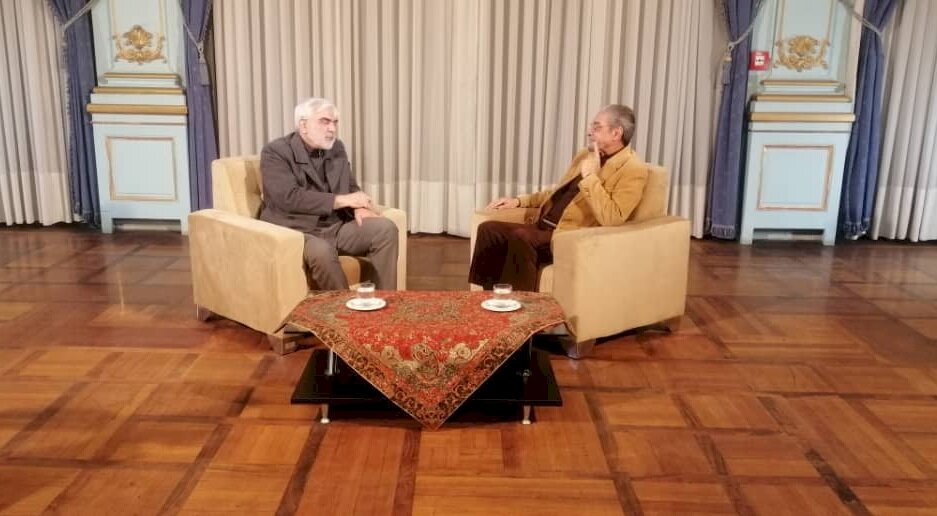Veteran cultural heritage experts invited to record their anecdotes

TEHRAN – Some 50 prominent Iranian cultural heritage experts have been invited to record their anecdotes of the oral history of the country for later generations.
Initiated by the Ministry of Cultural Heritage, Tourism and Handicrafts, the project is aimed to mark the 43rd anniversary of the victory of the Islamic Revolution, which is known as the Ten-Day Fajr celebrations (this year from February 1 to 11).
Mehdi Hojjat, who holds a Ph.D. in Conservation of Cultural Heritage from the University of York, was the first expert whose narratives were recorded in a session held at Tehran’s Niavaran Cultural-Historical Complex on Saturday.
The heart of the mighty Persian empire of antiquity, Iran has long played a significant role in the region as an imperial power and later—because of its strategic position and abundant natural resources, especially petroleum—as a factor in colonial and superpower rivalries. The country’s roots as a distinctive culture and society date to the Achaemenian period, which began in 550 BC. From that time the region that is now Iran—traditionally known as Persia—has been influenced by waves of indigenous and foreign conquerors and immigrants, including the Hellenistic Seleucids and native Parthians and Sassanids. Persia’s conquest by the Muslim Arabs in the 7th century CE was to leave the most lasting influence, however, as Iranian culture was all but completely subsumed under that of its conquerors.
Furthermore, a national webinar has invited linguistics, historians, anthropologists, and experts of other disciplines to discuss characteristics and changes of texts and the oral heritage of the country from prehistorical times to the present. Dialectology, which is the study of dialect variation that commonly occurs as a result of relative geographic or social isolation and may affect vocabulary, grammar, or pronunciation, is one of the topics of the virtual webinar to be held on February 21.
Moreover, the experts will debate linguistic features of inscriptions from various epochs of Medes, Achaemenids, Sassanids, Elamites, Islamic era, to name a few. The history of coins and coinage, linguistic features of historical documents, manuscripts, and oral heritage of the natation are amongst other issues to be discussed by the experts.
Experts say Iranian languages have been written in many different scripts during their rich yet stormy history of the nation. Old Persian was written with a cuneiform syllabary, the origin of which is still hotly disputed. Middle Persian, Parthian, Sogdian, and Old Khwarezmian were recorded in various forms of Aramaic script.
Additionally, it benefited from the Pahlavi language, which is currently an extinct member of the Iranian language group, a subdivision of the Indo-Iranian branch of the Indo-European language family. Pahlavi is a Middle Persian (sometimes called Middle Iranian) language, meaning that it was primarily used from the end of the Achaemenian dynasty (559–330 BC) to the advent of Islam in the 7th century CE. Modern Persian is written in Arabic script, which is of Aramaic origin.
In terms of coins and coinage, the Sasanian dynasty of Iran introduced the concept of thin flan coins in about 220 CE. The conquering Muslims at first mimicked the coinage of their predecessors. In the western provinces, they issued gold and copper pieces imitated from contemporary Byzantine coins, modifying the cross on the reverse of the latter somewhat to suit Muslim sensibilities. In the eastern provinces, the Arab governors issued silver dirhams that were copies of late Sasanian coins (mostly of those of Khosrow II; with the addition of short Arabic inscriptions on the margin and often the name of the Arab governor in Pahlavi; even the crude representation of the fire altar was retained.
AFM

Leave a Comment